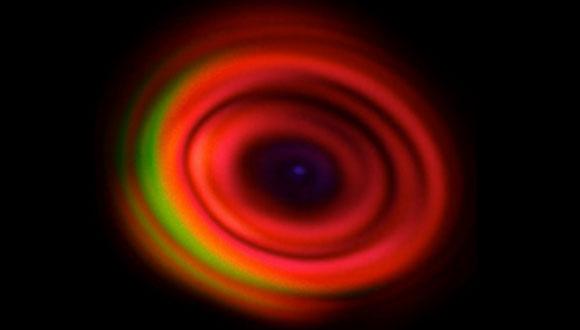LMI Seminar: Kaleidoscopes: from Plato to Cold Quantum Gases
Maxim Olshanii, UMass Boston, USA
Abstract:
In course of the 1960's dramatic advance in solvable quantum many-body systems, a good dozen of true gems has been either overlooked or underexlplored. The experimental discovery of the ultracold quantum gases in the 1990's, and the subsequent gain in control over the system parameters and atomic populations, made the gems empirically and industrially relevant. In the last four years, we were busy uncovering them, and putting them to use. In this presentation, we will concentrate of few-body solvable problems associated with the symmetries of the Platonic solids, in turn ultimately related to kaleidoscopes---systems of mirrors such that one can not discern where one mirror ends and another begins. We discuss applications of our ideas for quantum sensing. In particular, we will use the symmetries of multidimensional tetrahedra to construct an "entanglement amplifier":a device where a light quantum particle undergoes a beam-splitting, and then gets entangled with an ensemble of heavier particles who have never seen a beamsplitter. Here the hidden Platonic geometry works towards three independent goals at once: it keeps the entropy low, through a Yang-Baxter-type outcome predictability; ensures a quantum many-body recombinationwhere left and right interferometer arms cross at the same time for each particle; provides a close to the maximally possible energy transfer from the light particle to the heavier ones. We suggest using the cold bosonic solitons as the media and the bosonic breather creation process as the building block of the desired mass-spectum generation sequence. Future directions include new usable representations of the already studied reflection groups, new sets of coupling constants therein, applications for new Cartesian and spherical reflection groups, practically sound attempts to utilize hyperbolic and projective geometries, and study of caseswhere a physical system shares only a part of its Hilbert space with an integrable system. At a fundamental level, the monumental conundrum of a relationship between Bethe Ansatz and the standard Liouvile integrability remains as impenetrable as ever. In collaboration with Thibault Scoquart (UMB and ENS), Dmitry Yampolsky (UMB), ZajongHwang (UMB), Joseoh Seaward (UMB), Vanja Dunjko (UMB), Nathan Harshman (American U), Steven Glenn Jackson (UMB Mathematics), Boris Malomed (Tel Aviv U), Vladimir Yurovsky (Tel Aviv U), and Randall Hulet (Rice, U). Supported by the NSF, ONR, SIRTEC and US-Israel Binational Science Foundation. Figure caption: A slice of a ground state density distribution in a quantum billiard associated with the symmetries of the octacube---the sixth Platonic solid, unique to four spatial dimensions.


